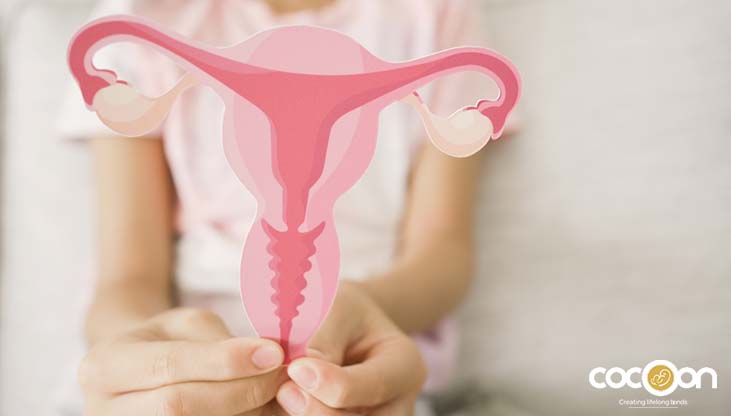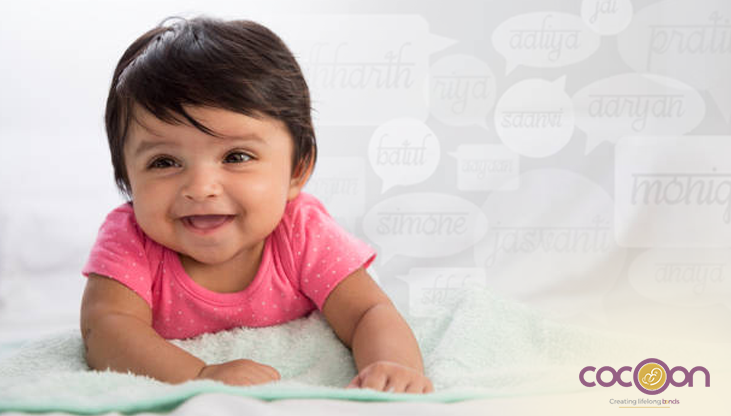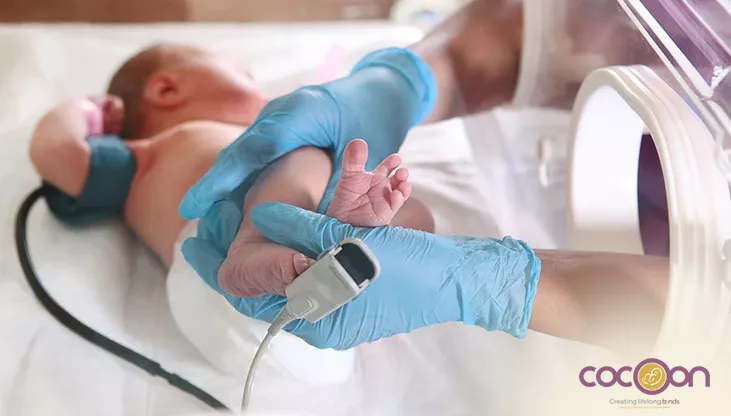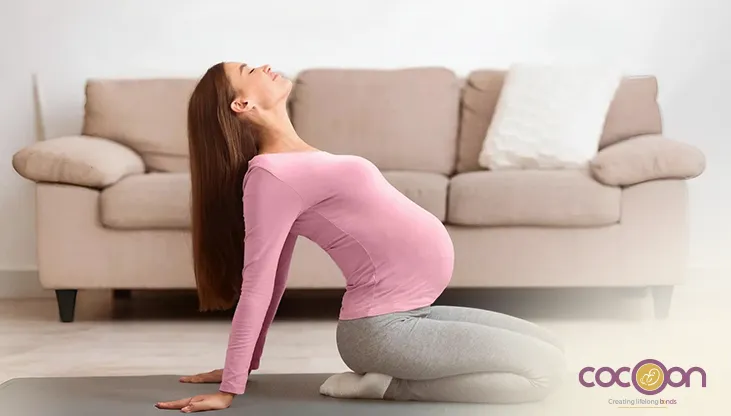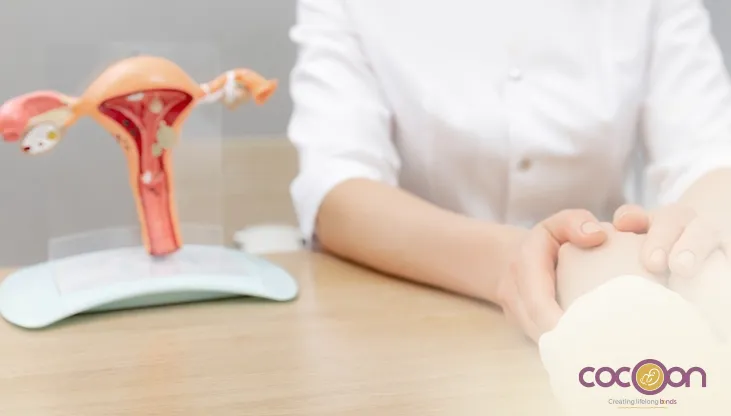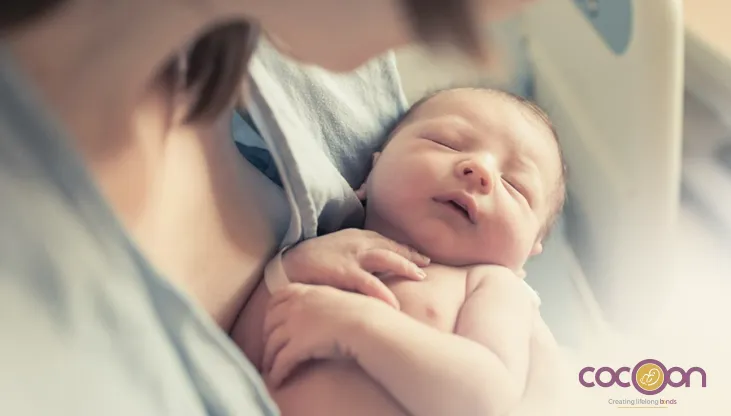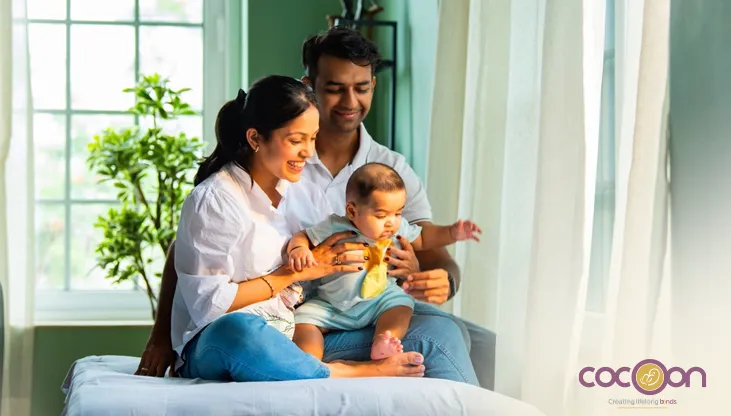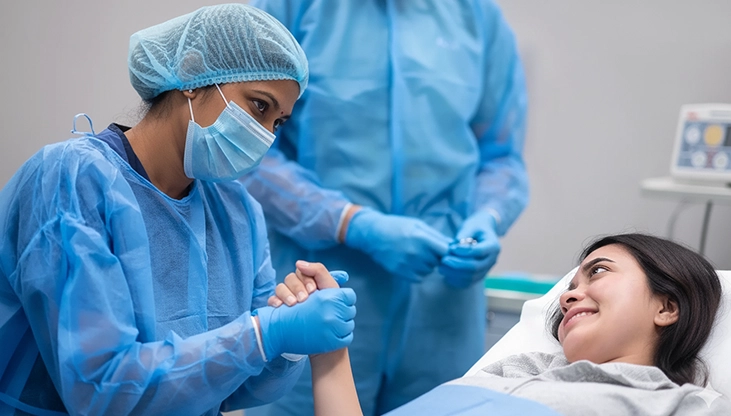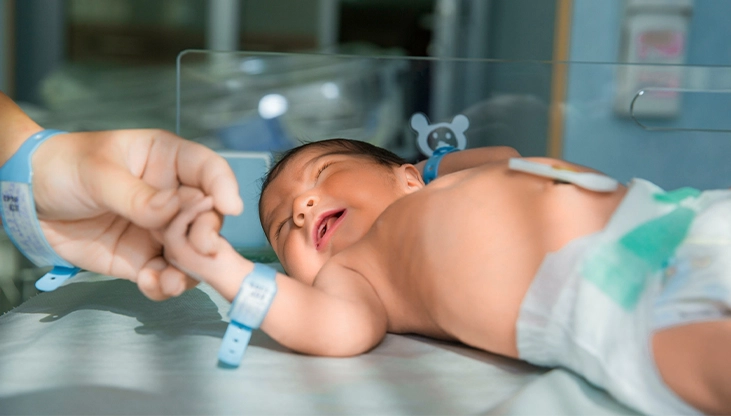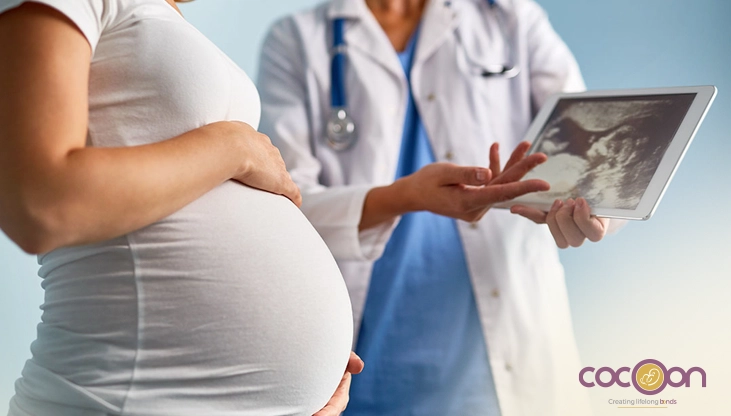When it comes to women’s health, some conditions are not just painful — they can also be confusing. Two names that often come up are Endometriosis and PCOS (Polycystic Ovary Syndrome). At first glance, they might seem similar because both can cause period problems, pain, and trouble getting pregnant. But in reality, they are very different.
If you’ve ever wondered why your symptoms don’t match what you read online, or why one treatment works for someone else but not for you, understanding the difference between Endometriosis and PCOS is key.
What Is Endometriosis?
Endometriosis is a painful condition in which tissue that is like the lining of the uterus (womb) grows outside the uterus.
Rather than remaining inside the uterus where it belongs, this tissue may grow on the ovaries, fallopian tubes, bladder, intestines, and other areas of the pelvis.
Every month, this tissue mirrors the lining of the uterus in that it thins, is broken down, and bleeds. But since it's in a location other than the inside of the uterus, the blood has no path to travel through, leading to inflammation, ache, scar tissue, and infertility issues at times.
Symptoms of Endometriosis:
- Severe menstrual pain (worse than usual cramping)
- Pain during sexual intercourse
- Pain during urination or bowel movements
- Heavy bleeding
- Fertility issues
- Regular pelvic or low back pain
What Is PCOS?
Polycystic Ovary Syndrome (PCOS) is a hormonal condition in which the ovaries of a woman make excess male hormones (androgens).
It results in the formation of many small cysts (fluid-filled sacs) on the ovaries and can interfere with normal ovulation (release of eggs).
Telltale Signs of PCOS:
- Irregular menstrual cycles or no menstruation
- Excess hair on the face or body (hirsutism)
- Acne and oily complexion
- Weight gain, particularly around the midsectionmid-section
- Weight loss resistance
- Thinning scalp hair
- Infertility
- Dark spots on the skin (particularly neck, armpits)
Endometriosis vs. PCOS: Major Differences
| Feature | Endometriosis | PCOS |
| Main Problem | Tissue develops outside the uterus | Hormonal imbalance and ovarian cysts |
| Key Symptom | Extreme pain | Irregular periods, weight gain |
| Fertility Impact | Blocks fallopian tubes, leads to scarring | Prevents release of egg (anovulation) |
| Cause | Unknown (possibly immune or genetic factors) | Genetic factors and insulin resistance |
| Treatment Focus | Pain management and tissue removal | Hormonal balance and ovulation support |
| Risk of Other Diseases | Greater risk of ovarian cancer and infertility | Greater risk of diabetes and heart disease |
Both disorders can interfere with fertility and cause emotional pain, but they have very different causes, symptoms, and treatments.
Endometriosis Pain Relief: Finding Comfort
Pain for women with endometriosis may be intense and interfere with daily life.
These are some common methods of pain relief:
1. Pain Medicines
NSAIDs decrease inflammation and menstrual cramps. Stronger pain medicines can be used if necessary.
2. Hormonal Therapy
It may slow endometriosis growth by suppressing estrogen levels.
3. Lifestyle Changes
Gentle exercise, yoga, and a healthy diet can keep symptoms under control. Stress-reduction techniques (such as meditation) may also decrease flare-up pain.
4. Heat Therapy
A basic heating pad on the lower belly can relieve cramps and muscle spasms.
5. Surgery
If medications fail, surgery may be required to cut out the patches of endometriosis.
That's where laparoscopy comes in!
Endometriosis Surgery: How Laparoscopy Can Help
Laparoscopic surgery is the "gold standard" for diagnosing and treating endometriosis.
What Happens During Endometriosis Surgery?
- The surgeon makes a few small incisions in your belly.
- A small camera (laparoscope) is inserted to look inside.
- The doctor identifies and removes (or burns off) endometriosis patches, scar tissue, and cysts.
What are the Benefits of Laparoscopic Endometriosis Surgery?
- Less pain and quicker recovery than open surgery.
- Improved chance of pregnancy in women who are conceiving.
- Pain relief for chronic pelvic pain and menstrual pain.
Recovery Tip:
The majority of women can return to light activity after 1–2 weeks, but it may take up to a month for full healing.
Ovarian Cyst Removal Surgery: What You Should Know
Both PCOS and endometriosis can cause ovarian cysts, but not all cysts are harmful. In some cases, large, painful, or recurrent cysts must be removed surgically. Ovarian Cyst Removal Surgery (Cystectomy) is performed via laparoscopy.
How is Cyst Removal done?
- The surgeon only removes the cyst, preserving the ovary if possible.
- The procedure takes approximately 1–2 hours.
- Recovery is quicker due to the minimally invasive method.
Signs You Might Need Ovarian Cyst Surgery:
- Severe abdominal pain
- Cyst over 5 cm that won't shrink
- Suspected cancerous cyst (extremely uncommon)
- Cysts affecting fertility
Laparoscopy for Ovarian Cyst: A Gentle Approach
In the case of removing ovarian cysts, laparoscopy is the preferred method since:
- It creates minimal scars.
- There's minimal pain post-surgery.
- Quicker return to normalcy (within 1–2 weeks).
- It saves ovarian tissue, which is very crucial for future fertility.
The technique is safe and readily available in most hospitals in India today.
Treatment Options for Endometriosis and PCOS
Let's see the various treatment methods for each condition:
Endometriosis Treatment:
It includes-
- Painkillers: To control daily discomfort.
- Hormonal Therapies: Shots, patches, or pills to regulate growth of tissue.
- Laparoscopic Surgery: A minimally invasive procedure to remove endometrial implants.
- Hysterectomy (in extreme cases): Considered when other treatments fail and the woman does not wish to have children.
PCOS Treatment:
It includes-
- Dietary Changes, Exercise, and Weight Loss: To enhance hormone balance.
- Hormonal Pills: Birth control pills help regulate menstrual periods and limit acne/hair growth.
- Fertility Medicines : Suggested by your gynaecologist to induce ovulation.
- Anti- diabetic: It assists in improving insulin resistance.
Remember, while there is no permanent cure for endometriosis or PCOS, effective treatments can manage symptoms and greatly improve quality of life.
Conclusion
If you're dealing with painful periods, irregular cycles, or unexplained infertility, you don't have to suffer in silence.
Endometriosis and PCOS can deeply impact both your physical and emotional well-being—but support is available. By connecting with a knowledgeable gynecologist, you can take the first step toward relief. Early diagnosis, the right treatment plan, and a dedicated healthcare team can make a world of difference.
Key Takeaways:
- Endometriosis = Pain + Tissue Outside Uterus
- PCOS = Hormonal Imbalance + Cysts on Ovaries
Laparoscopy is a surgical procedure that helps in diagnosis and treatment.
Don't ignore the pain. Book an appointment now at Cocoon Hospital.
FAQ’s:
Q1. Can you have both endometriosis and PCOS at the same time?
A: Yes, it's possible to have both conditions together, although it's not very common. This can make symptoms more complicated and may require a combined treatment approach.
Q2. Is PCOS more about hormones and endometriosis more about pain?
A: In simple terms, yes. PCOS mainly involves hormone imbalance and missed periods, while endometriosis causes intense pain due to tissue growing outside the uterus.
Q3. Can either condition go away on its own?
A: No, but symptoms can be managed effectively with the right treatment. Lifestyle changes, medicines, and sometimes surgery can help improve your quality of life.
Q4. Does laparoscopy cure endometriosis or PCOS?
A: Laparoscopy can help diagnose and treat endometriosis by removing painful tissue. For PCOS, laparoscopy may be used in special cases like ovarian drilling but it's not commonly the first line of treatment.
Q5. When should I see a doctor for these symptoms?
A: If you're dealing with painful periods, irregular cycles, or trouble getting pregnant, it’s best to visit a gynecologist. Early diagnosis can save you from years of discomfort and complications.

